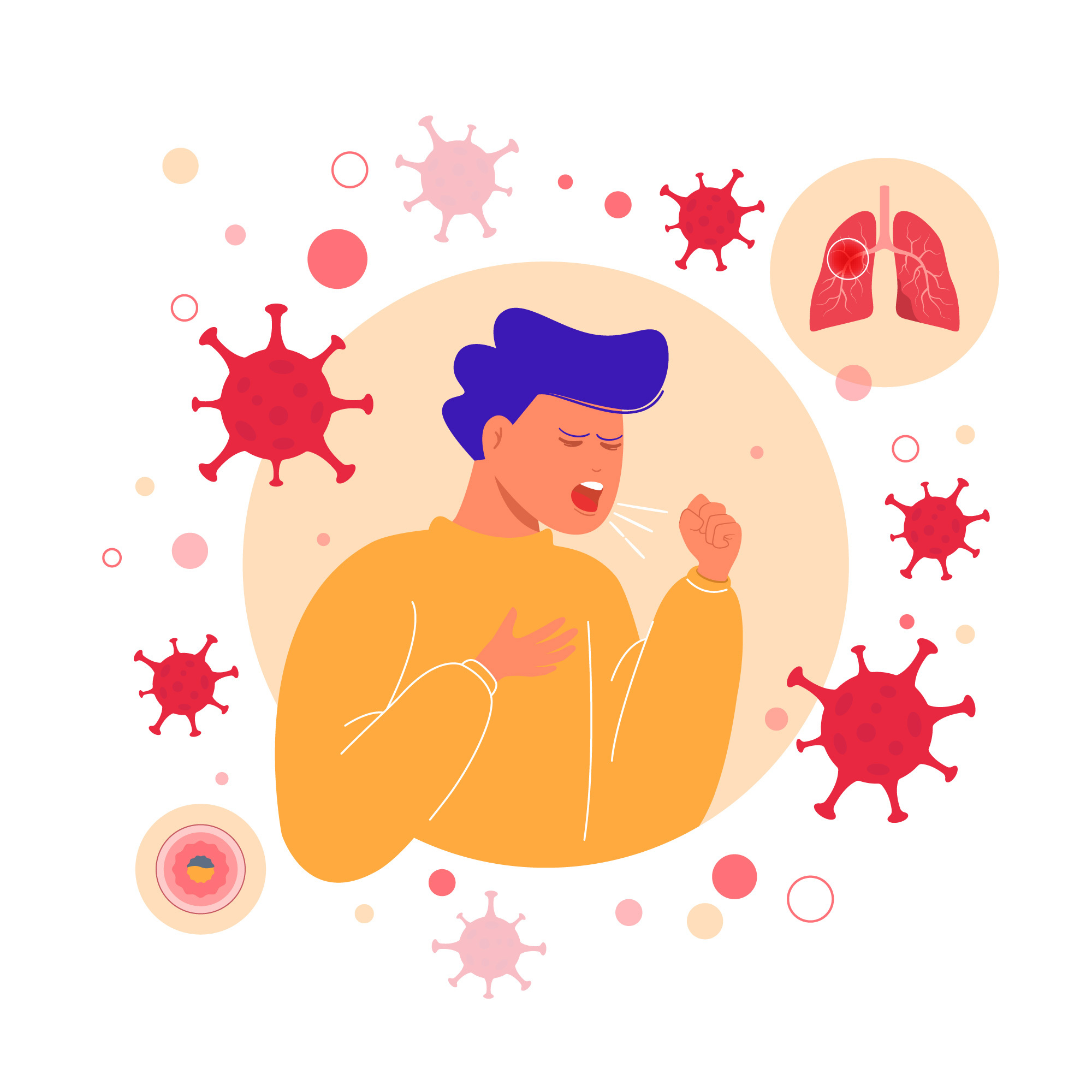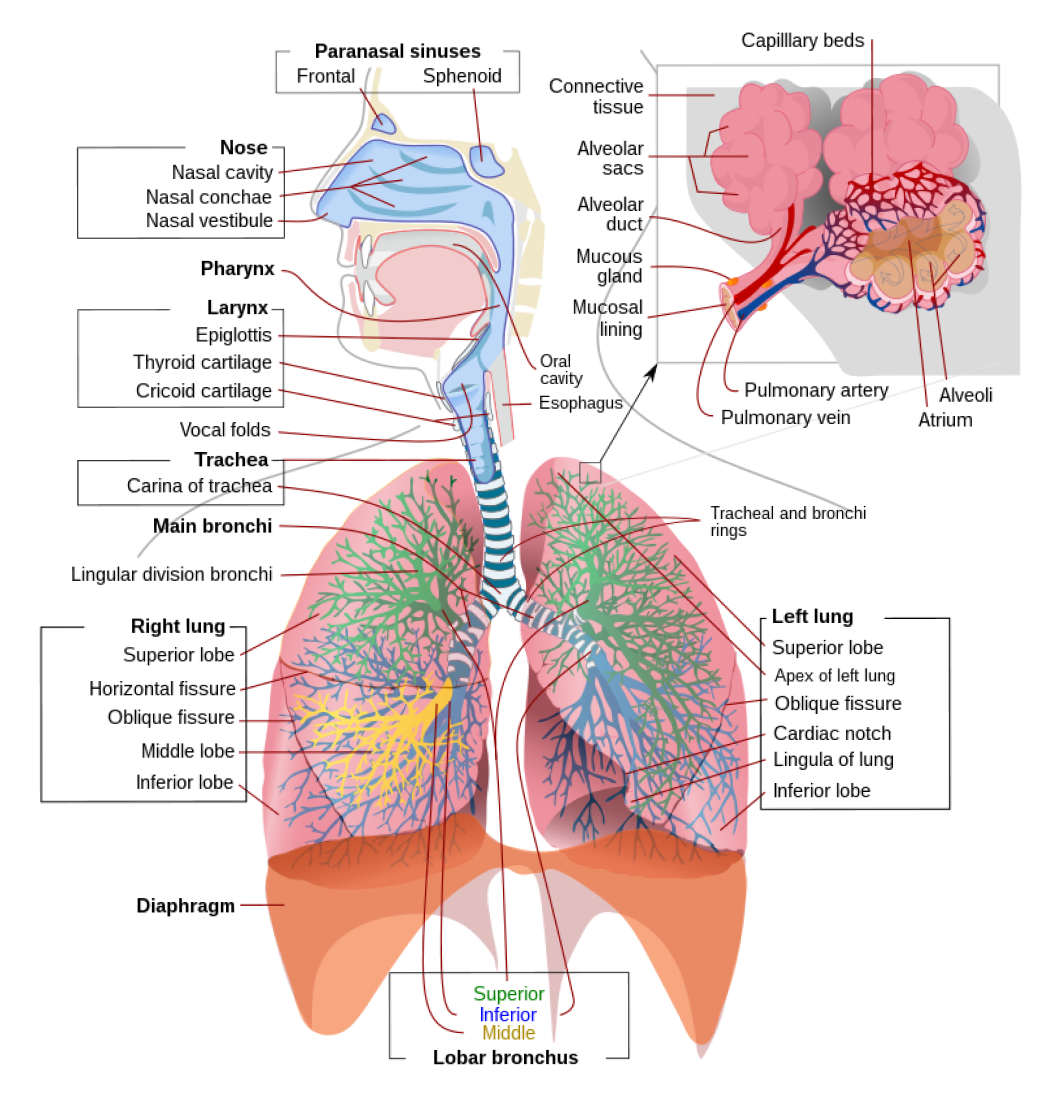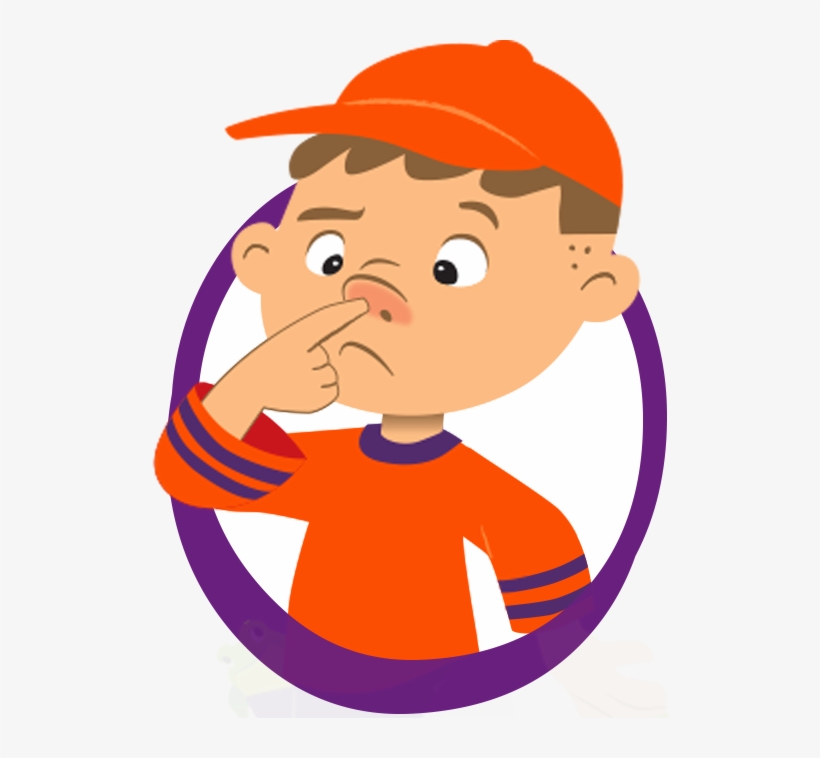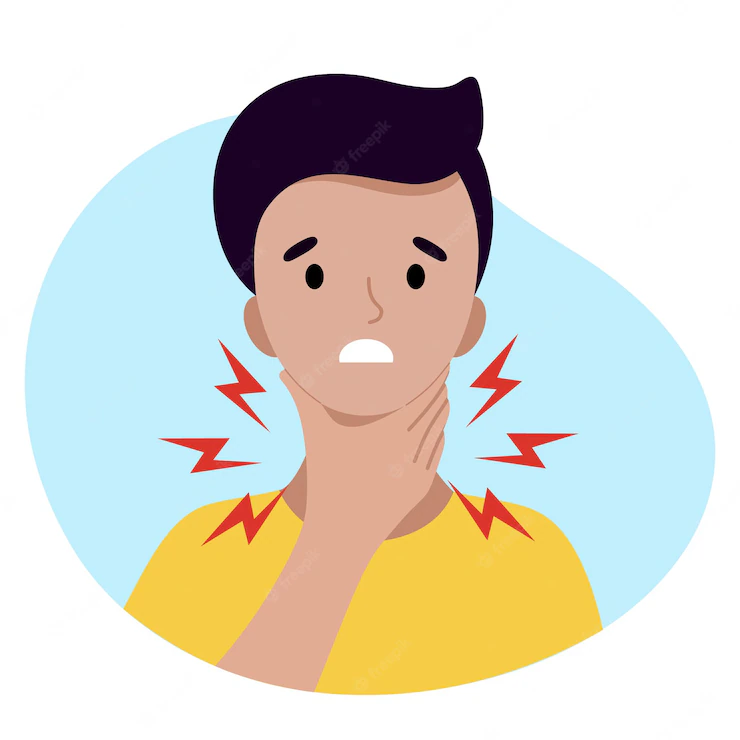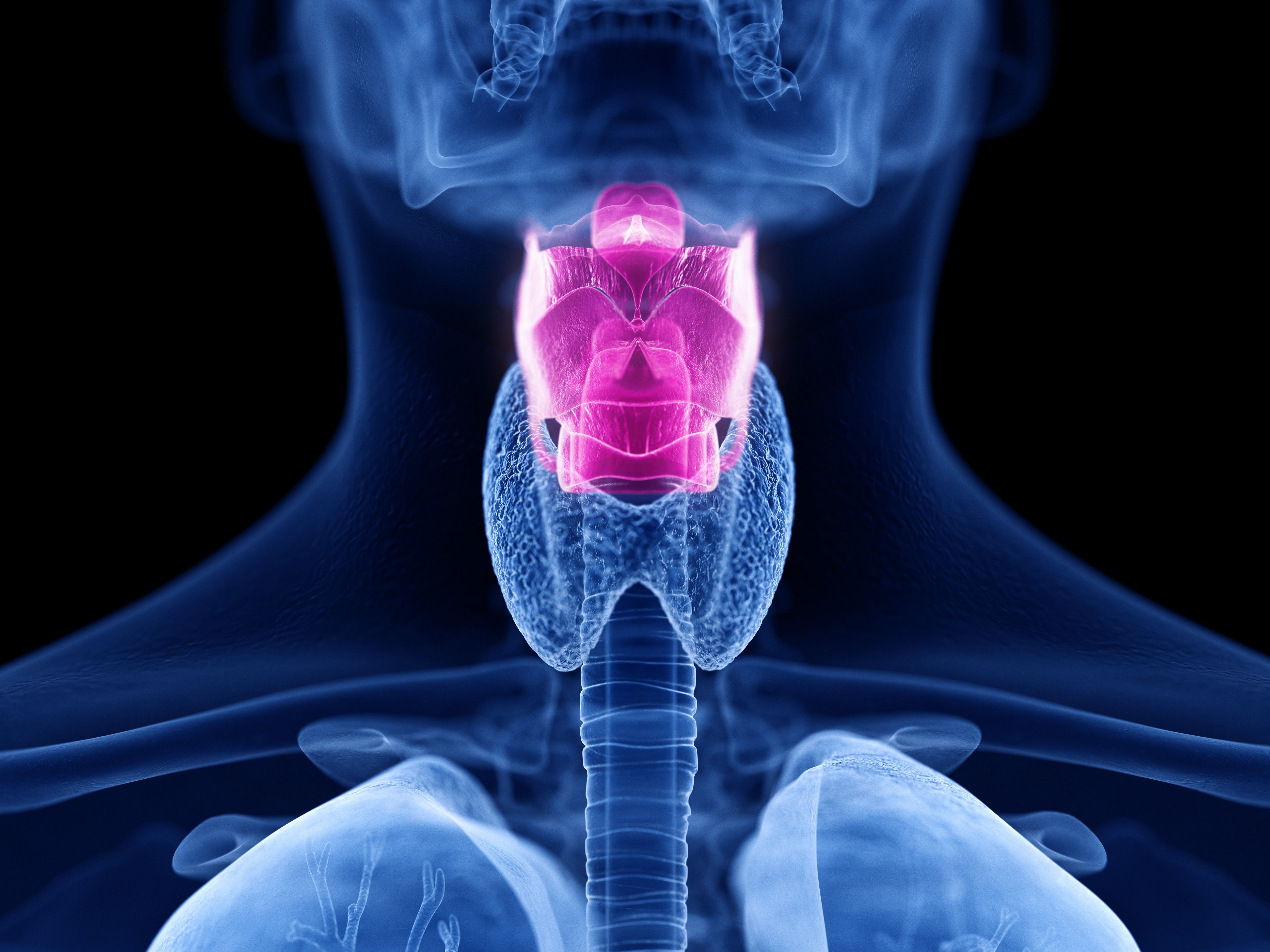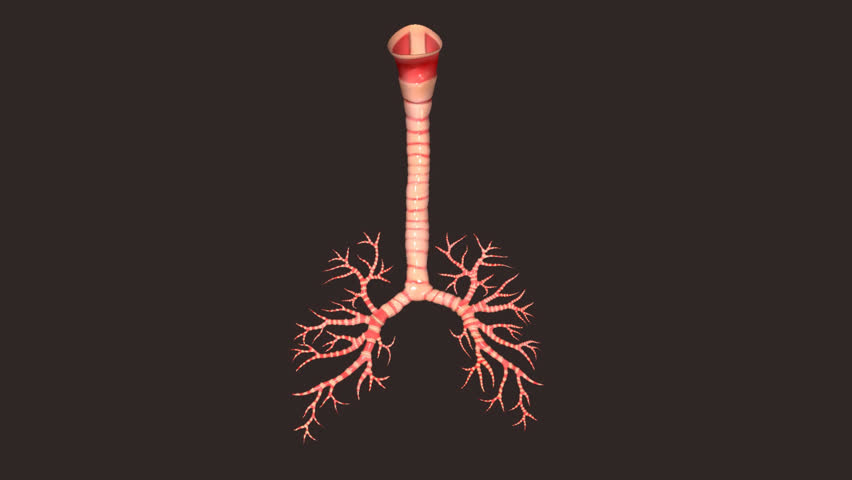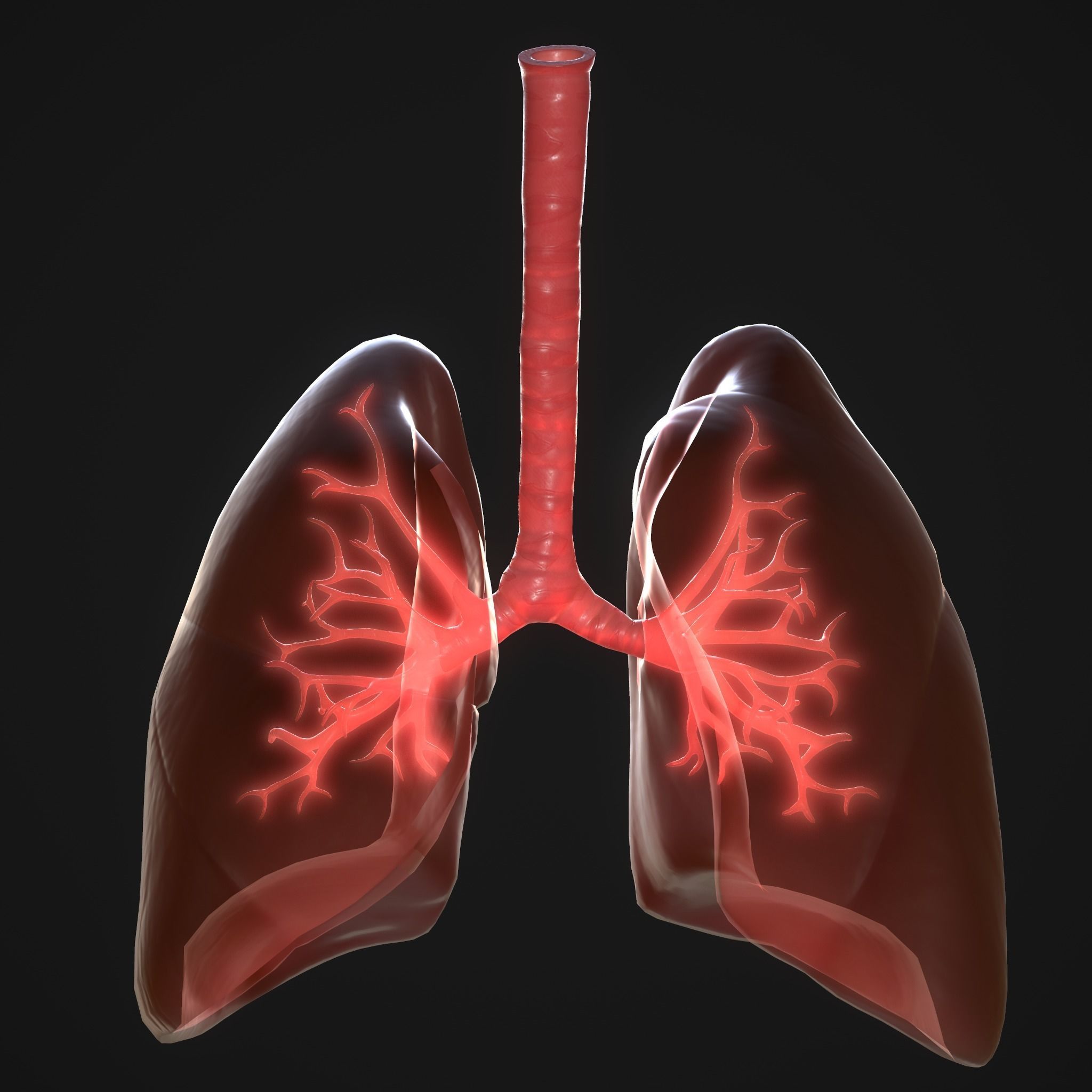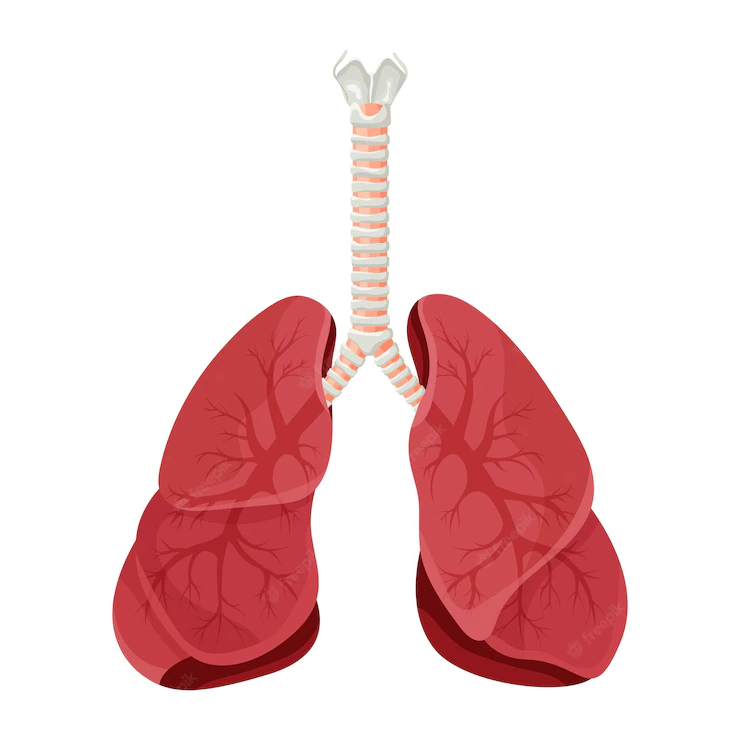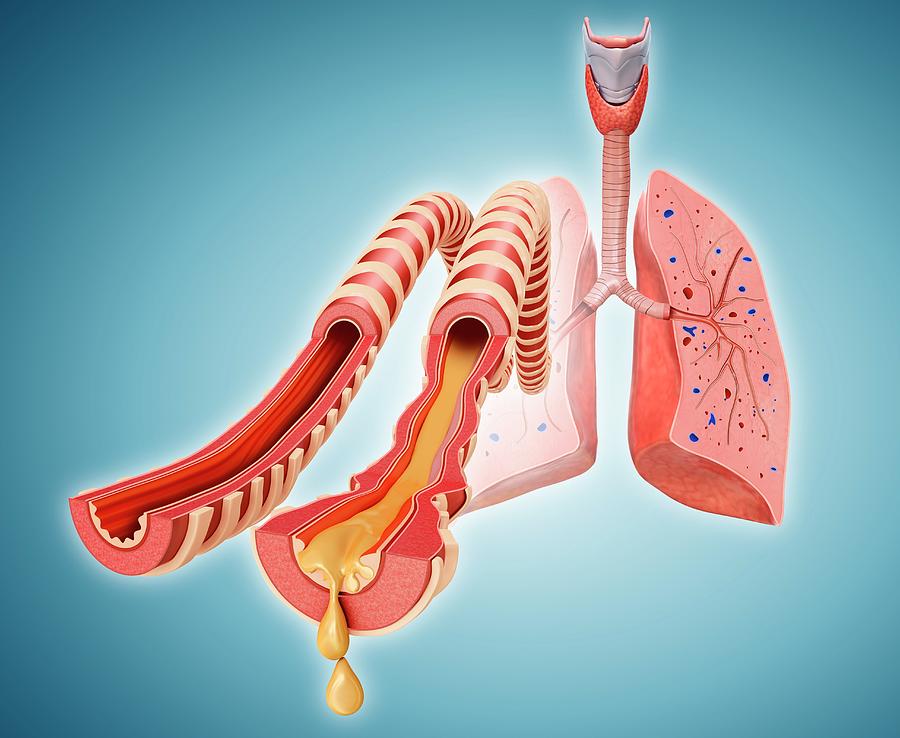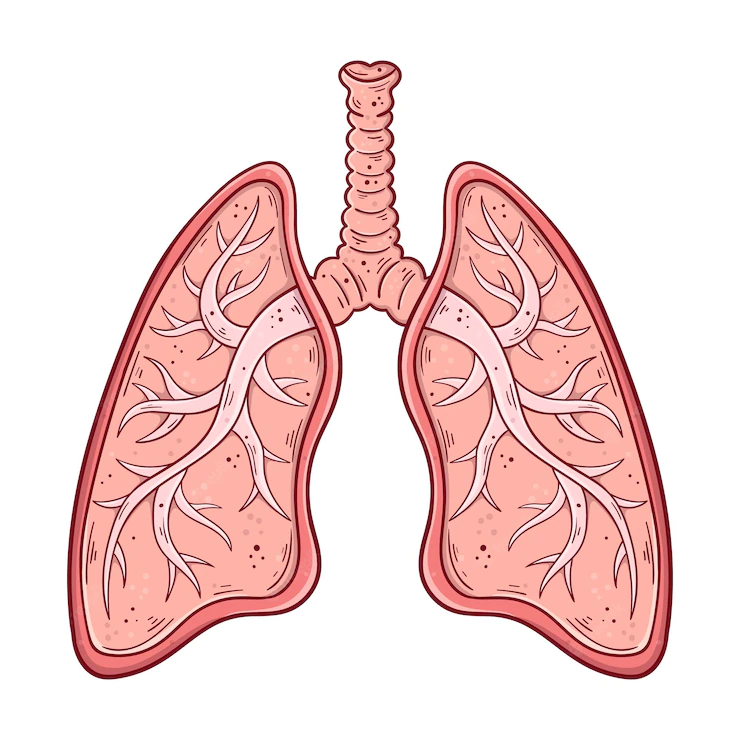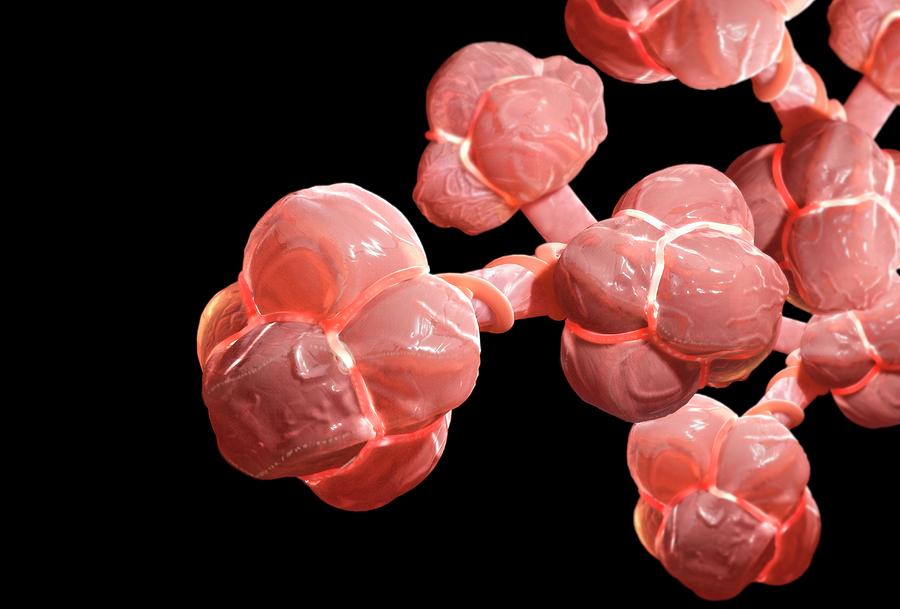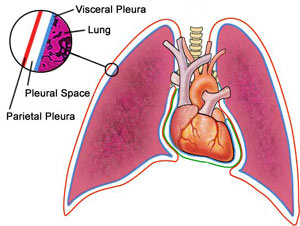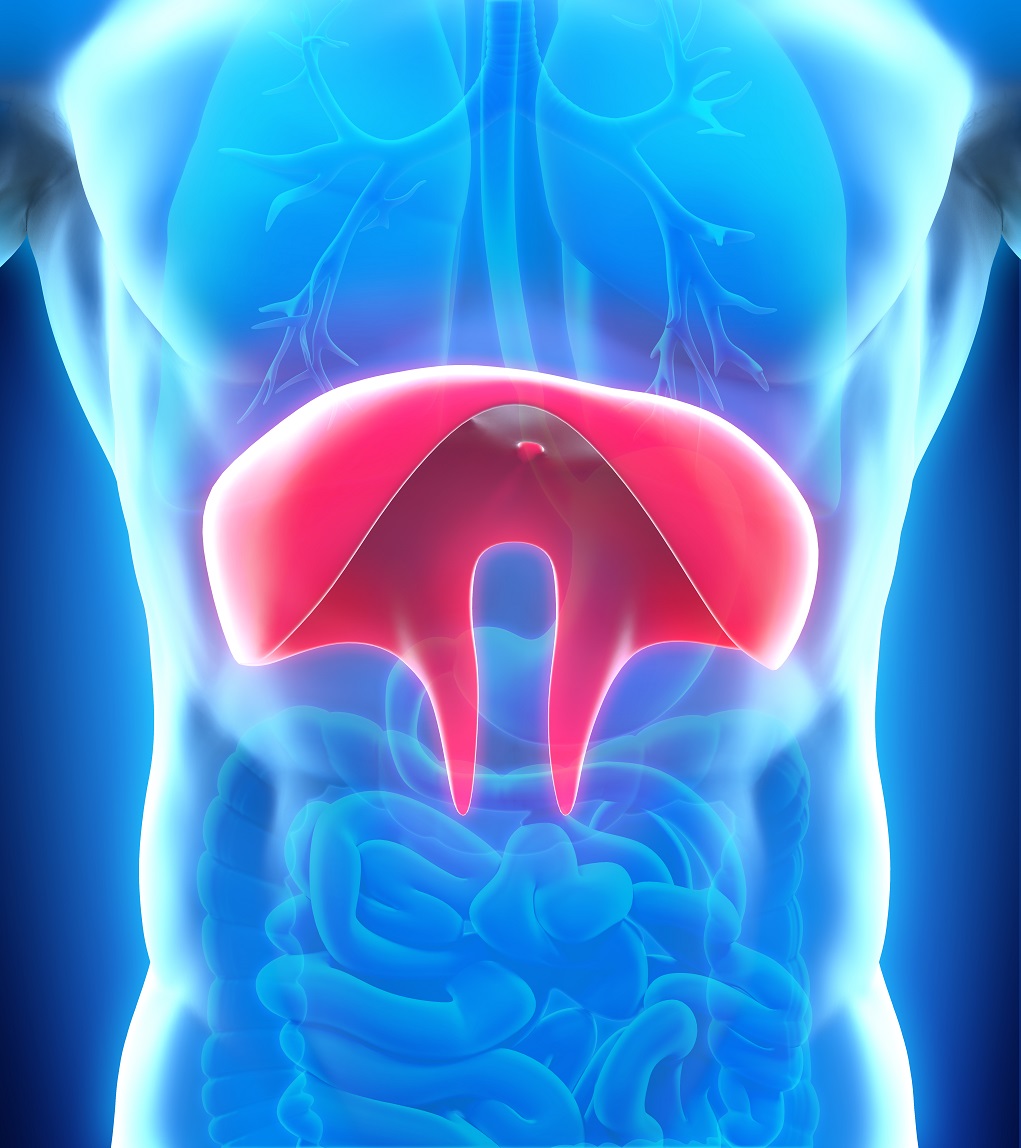Allows you to talk and to smell.
Inhalation and exhalation are how your body brings in oxygen and gets rid of carbon dioxide. The process gets help from a large dome-shaped muscle under your lungs called the diaphragm.
When you breathe in, your diaphragm pulls downward, creating a vacuum that causes a rush of air into your lungs.
The opposite happens with exhalation: Your diaphragm relaxes upward, pushing on your lungs, allowing them to deflate.

